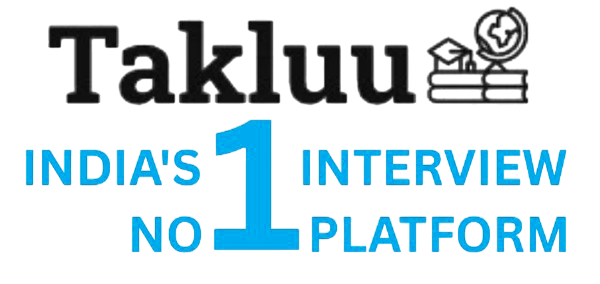Ques:- What are the states in Mobility Management? Explain each briefly?
Asked In :-
Right Answer:
The states in Mobility Management are:
1. **Idle State**: The mobile device is powered on but not actively communicating with the network. It can receive incoming calls or messages.
2. **Connected State**: The mobile device is actively communicating with the network, either during a call or data session. It is registered and can send and receive data.
3. **Location Update State**: The mobile device updates its location information with the network when it moves to a new area or cell, ensuring that it can receive calls and messages.
4. **Detach State**: The mobile device is not connected to the network and has deregistered. It cannot receive calls or messages until it re-establishes a connection.
The states in Mobility Management are:
1. **Idle State**: The mobile device is powered on but not actively communicating with the network. It can receive incoming calls or messages.
2. **Connected State**: The mobile device is actively communicating with the network, either during a call or data session. It is registered and can send and receive data.
3. **Location Update State**: The mobile device updates its location information with the network when it moves to a new area or cell, ensuring that it can receive calls and messages.
4. **Detach State**: The mobile device is not connected to the network and has deregistered. It cannot receive calls or messages until it re-establishes a connection.
